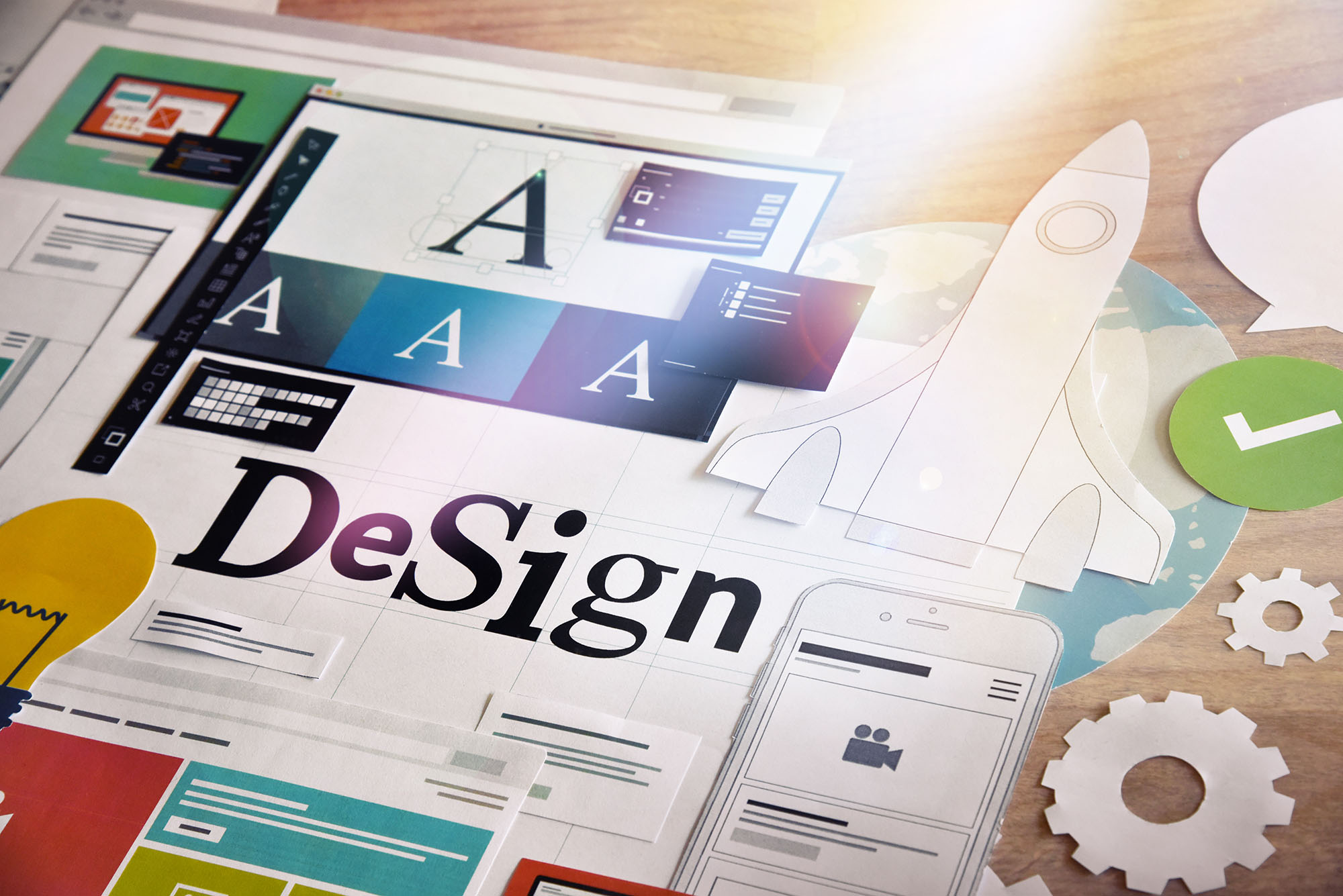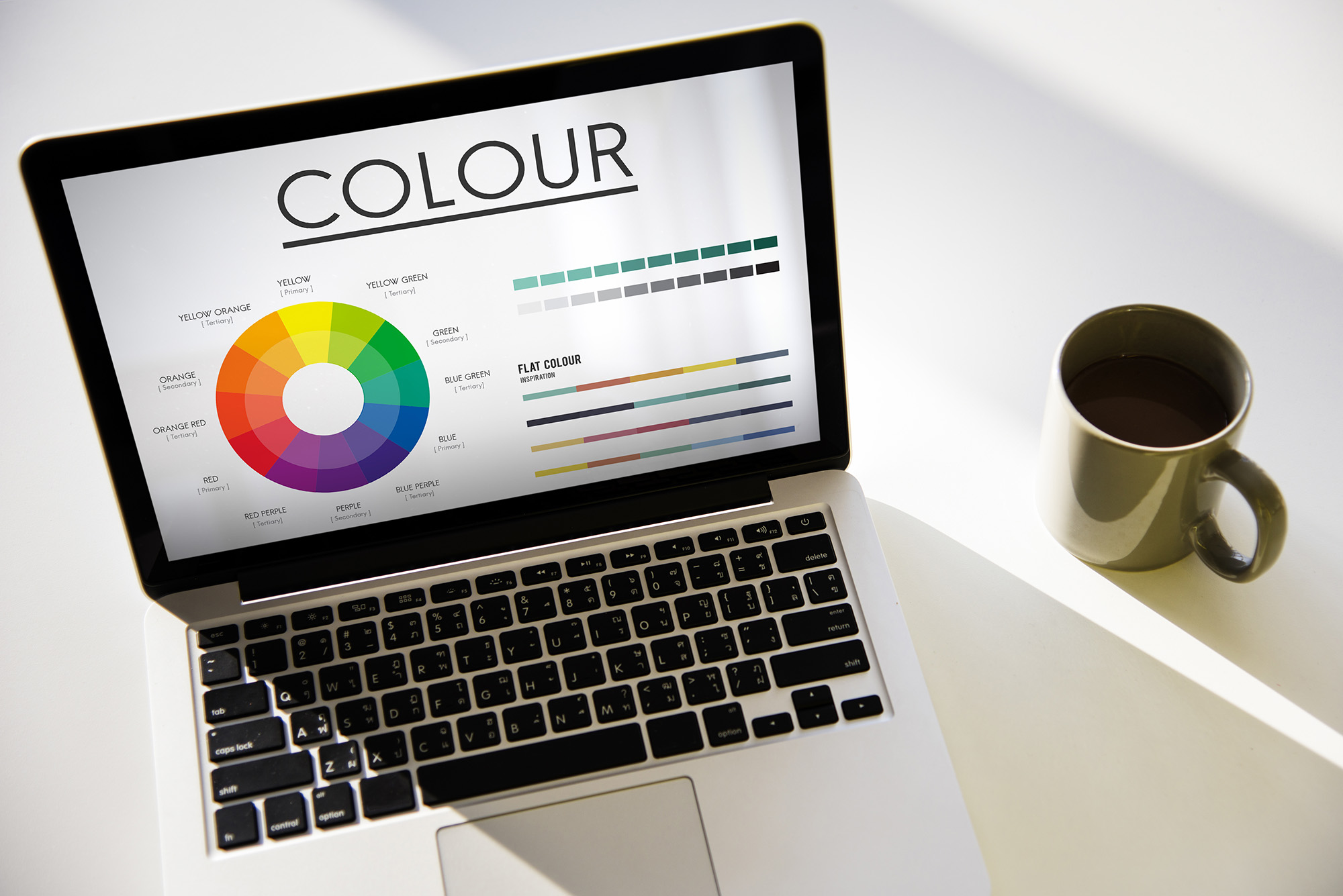
When making strategic decisions, especially ones related to company expenditure and resources, understanding the return on investment (ROI) is paramount. In the debate between hiring in-house and outsourcing graphic design, the real clincher for many businesses is the potential ROI. Let’s dissect how to evaluate and compare the ROI of these two approaches.
5.1 Calculating In-house Costs
The expenses tied to an in-house designer go beyond just the base salary. Here’s what businesses need to factor in:
- Salary & Bonuses: The basic remuneration, often complemented with performance bonuses.
- Benefits: Health insurance, retirement contributions, paid leave, etc.
- Overheads: Office space, utilities, equipment, and software licenses.
- Training & Development: Ongoing training sessions, courses, or workshops to enhance skill sets.
- Recruitment Costs: Time and resources spent on the hiring process, from job postings to interviews.
5.2 Breaking Down Outsourcing Costs
At a first glance, outsourcing might seem straightforward cost-wise, but there are various aspects to consider:
- Project-based Fees: Payment made for specific projects or tasks.
- Platform/Agency Fees: Many outsourcing platforms or agencies charge a fee or commission.
- Communication & Collaboration Tools: Expenses related to software or tools that facilitate smoother collaboration.
- Potential Redo Costs: In cases where output doesn’t meet expectations, there might be additional costs for revisions or hiring a different designer.
5.3 Assessing Non-Monetary Returns
ROI isn’t solely about dollars and cents; there are intangible returns that can be equally valuable.
- Speed and Agility: How quickly can the team adapt and produce under changing circumstances?
- Innovation and Fresh Perspectives: Does the team bring fresh, innovative ideas to the table?
- Brand Consistency: How aligned are the designs with the company’s brand vision and message?
5.4 Crunching the Numbers
Now, to get a clearer picture:
- Tabulate the annual costs for both in-house and outsourcing scenarios.
- Factor in the intangible benefits by assigning them a value (this can be subjective, based on company priorities).
- Divide the total benefits (tangible and intangible) by the total cost to get an ROI percentage for both approaches.
5.5 Beyond ROI: Strategic Considerations
While ROI provides a quantitative perspective, the final decision should integrate qualitative aspects too:
- Flexibility Needs: Does the business see frequent fluctuations in design demands?
- Long-term Vision: Is there a benefit in cultivating an in-house brand expert over the years?
- Control & Collaboration: How important is it for the company to have close, immediate collaboration and control over the design process?
In Conclusion,
While numbers provide a clear framework for evaluation, the choice between in-house and outsourcing isn’t black and white. It’s a blend of quantitative ROI with qualitative strategic considerations. By holistically evaluating both aspects, businesses can make an informed decision that aligns seamlessly with their goals, vision, and operational dynamics.







